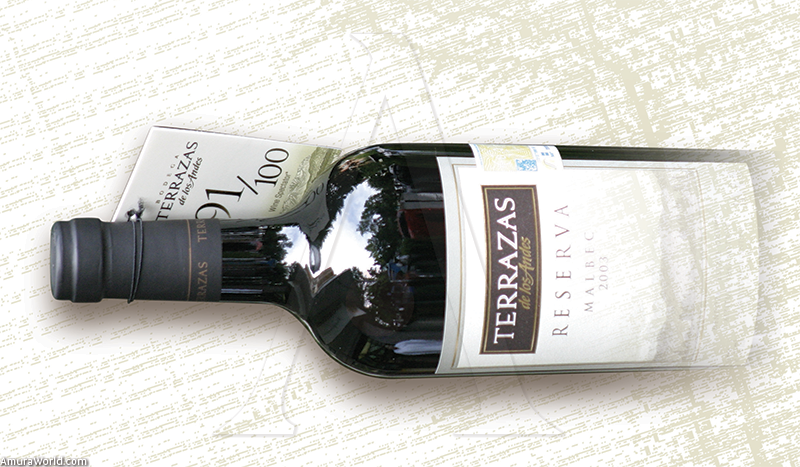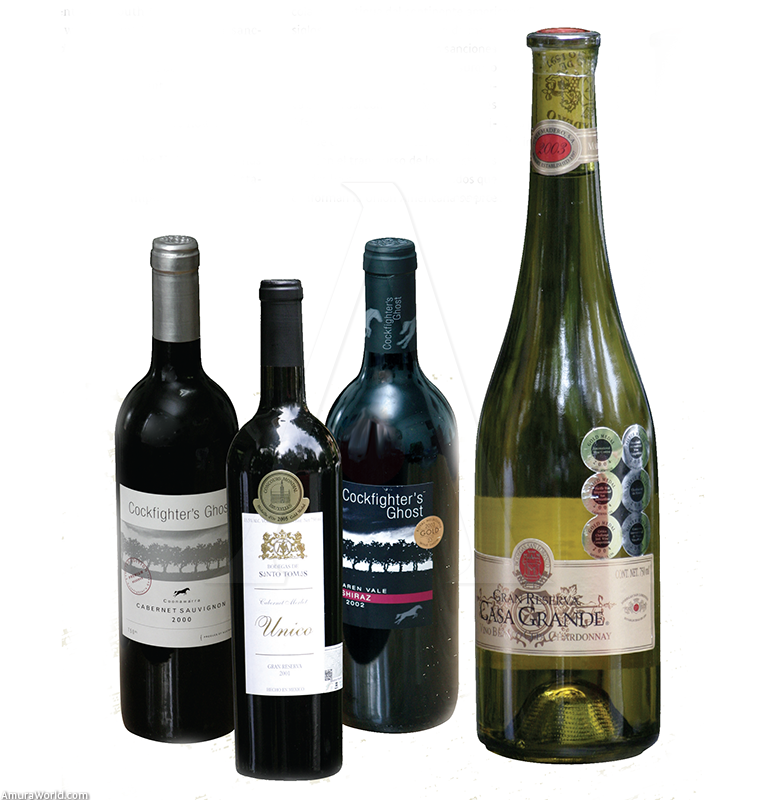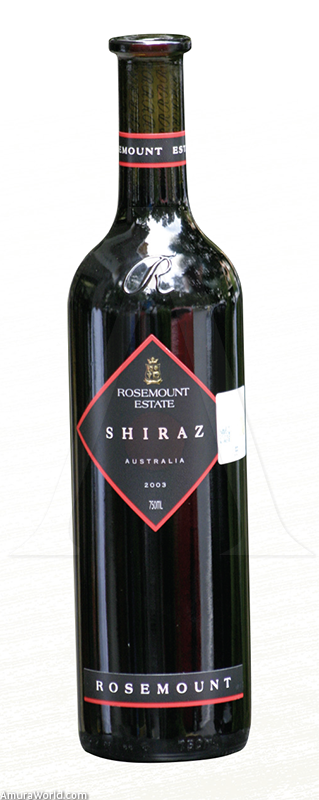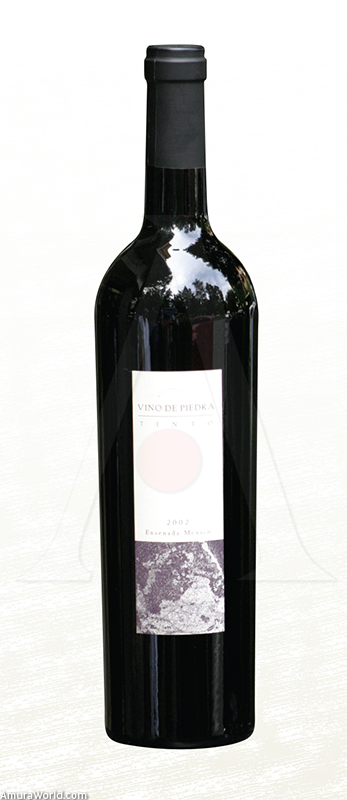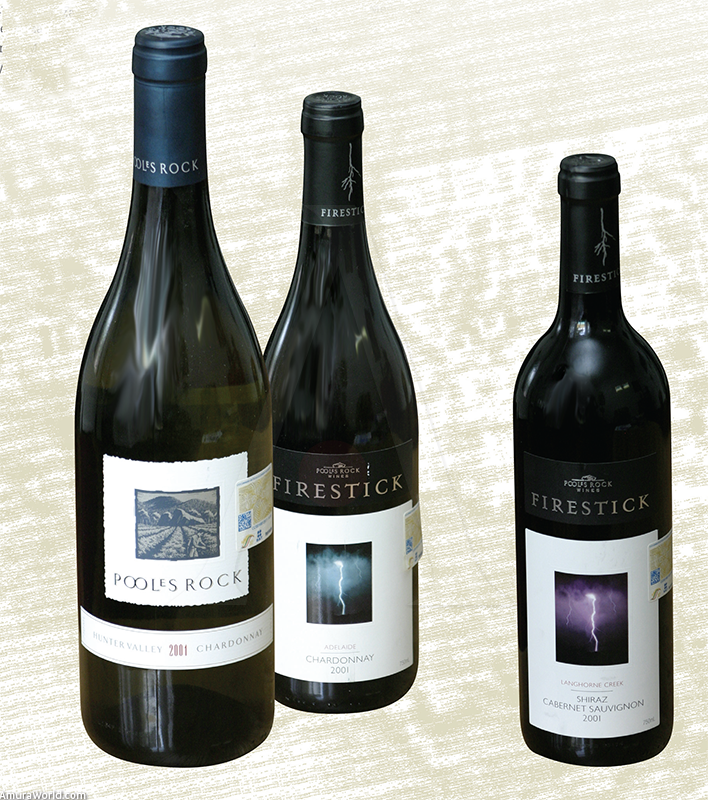The current tendency among connoisseurs has given a special importance to an innovative variety of wines known as “wines of the New World.” Produced mainly in the Americas, South Africa, Australia and New Zealand, they make up part of these varieties of emerging wines.
Consumers as well as enologists have different philosophies. Lovers of New World wines are accustomed to being guided—up to a point—by marketing that offers a wide variety of labels with modern, sophisticated designs, or by the type of grape.
On the other hand, for Old World, or European, wines it is the region of origin that is taken into account, since these wines are recognized by hints of the characteristic aromas and flavors of the soil in which the grapes are grown. The manufacturers normally apply the same technology, using old vines and aging their wines in the same type of barrels. Their regulatory bodies, furthermore, are very strict regarding each process.
Characteristics of New World Wines
- Constant and ongoing experiments with every aspect of the growing, maturing and harvesting of the grape.
- Creation of new grape producing regions.
- Mixing varieties of grapes in a search for quality, without regard to tradition.
- Using different kinds of barrels.
- Producing wines with less tannic acid, wines that have a shorter shelf life.
- Less time for aging in barrels.
- Experimenting with making all kinds of wine, without taking the variety of grape into account.
- Starting to manufacture organic wines.
- Diversification of their wine production.
Evolution of New World Wines
New World wines date back to 1493, with Christopher Columbus’ second voyage to the Indies (America), when the Spanish monarchs ordered him to take vines and olive trees to the New World.
There, between 1521 and 1527, during the era of the conquest, the Spanish introduced grape growing into Mexico. It was both a tradition and a necessity for them to start planting vineyards and manufacturing wine, and that was the origin of wine production on this continent.
By 1595, grape growing was flourishing in the New World and quality wines were being produced. They became strong competition for Spanish wines and that is why Phillip II, King of Spain, acting on behalf of the Spanish winemakers, prohibited planting vines on new lands and ordered the destruction of existing vineyards.
On August 4, 1597, Don Lorenzo García took possession of “Las Mercedes”, or the Property Titles, authorized by Phillip II for lands and water sources, on which they had previously established their land grants and begun planting vineyards. This proves that Bodegas de San Lorenzo, today Casa Madero, is the oldest vineyard in the Americas.
For almost three centuries, South Africa produced medium-quality wine. It was not until international sanctions against Apartheid were lifted that the country really injected life into this industry. This can be seen in the replanting programs that were carried out, as well as in the creation of new vineyards in cold regions. And most important of all is that their quality wines are now recognized internationally.
Over the years, winemaking in the United States has proliferated to the degree that 48 of the country’s 50 states now produce wine. The most important of all is the state of California, not only because of the quality of its land, climate and wine, but because it is responsible for 95% of the country’s total wine production.
Thanks to the missionaries, who had been charged by the Spanish crown to convert the Indians, and who carried with them, in their knapsacks, vine shoots to cultivate, grape growing extended throughout the American Continent. In 1791, the Santo Tomás de Aquino Mission was founded in what today is the Santo Tomás Valley in Baja California.
In 1788, when the first British colonists brought shoots over on their boats, grapes begin to be cultivated in Australia. The decade of the sixties is when the modern era of Australian wines began.
The Australian wine industry was well established by 1850. Victoria was the first, followed, years later, by South Australia, and their wines won major international competitions.
Today, Australia, which has broken with the traditions of the European countries, is one of the world’s major innovators in winemaking.
Organoleptic Qualities
With regard to their organoleptic qualities, the vines of the New World are very fruity and frank. They express primary aromas, typical of the grape, that allow for a wide variety of combinations for all tastes.
Prime Examples:
Brand /Region or Zone
- Mexico
Chardonnay Casa Grande / Parras, Coahuila
Único Santo Tomás / Valle Sto. Tomás, BC
Vino de Piedra / Valle de Guadalupe, BC
Mogor Badan / Valle de Guadalupe, BC
- United States
Opus One, Oakville, Napa
Insignia St. Helena, Napa
Cakebread Oakville, Napa
- South Africa
Stellenryck / Stellenbosch
Backsberg / Paarl
Stellen Zicht / Stellenbosch
- Australia
Firestick (Shiraz-Cabernet Sauvignon),
Langhorne Creek, Victoria
Petaluma / Barrosa Valley
Rosemount Estate / Hunter Valley,
New South Wales
Lindemans / Hunter Valley
- New Zealand
Kumeu River Chardonnay / Auckland
Kemblefield / Hawke’s Bay
Montana / Auckland
- Chile
Almaviva / Maipo
Don Maximiano / Aconcagua
Don Melchor / Rapel
Le Dix / Santa Rita
- Argentina
Catena Zapata / Mendoza
Terrazas / Mendoza
Navarro Correa / Mendoza
Luigi Bosca / Mendoza
Text: Georgina Estrada Gil, sommelier del restaurante Le Cirque, Ciudad de México ± Photo: Grupo La Castellana, Adrián García, Commercial Goal Achievers

